Many questions, or rather doubts, have been raised for coach Philippe Troussier after 8 months of leading the Vietnamese team. From playing style, personnel to results, the French strategist has not brought peace of mind to fans.
However, all assessments are not really accurate because the Vietnamese team has not entered any official tournament and coach Troussier is still steadfast in his philosophy and desire to innovate the Vietnamese team.
The most accurate measure for Mr. Troussier, as this military leader said at the ceremony to announce the head coach of the Vietnam national team on February 27: "The expanded format of the 2026 FIFA World Cup with 48 participating teams gives Vietnam more basis to believe in the opportunity to win a ticket to the final round. This is the ultimate goal that we are all aiming for."
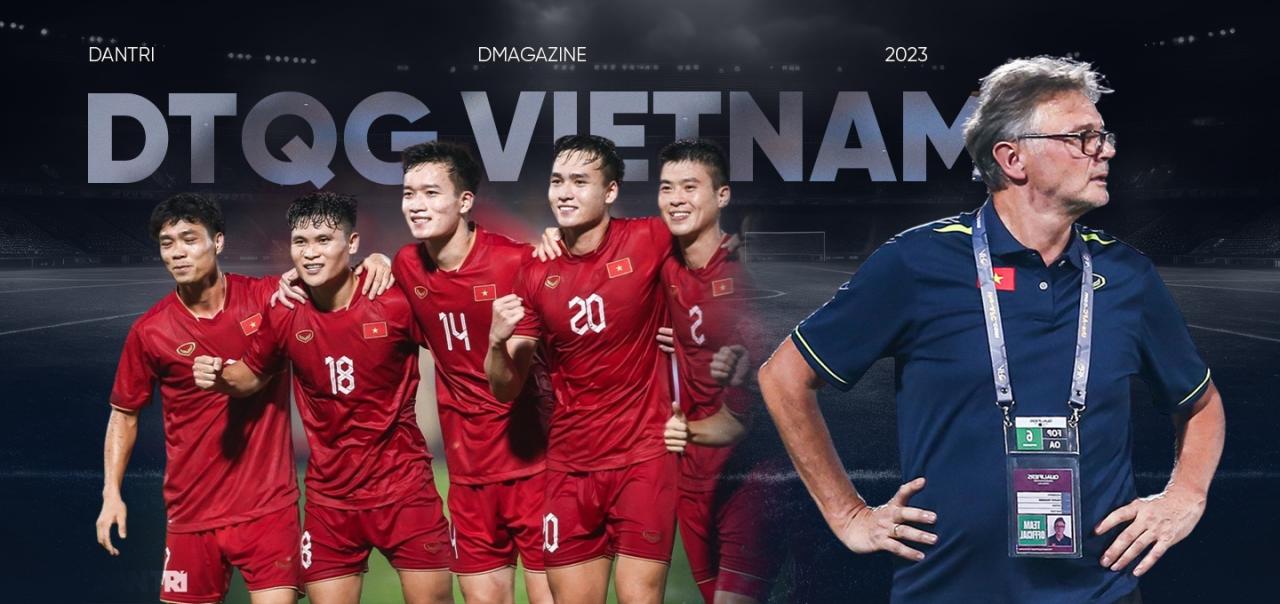
The Vietnam national team's 2026 World Cup qualifying campaign will begin on November 16, with a trip to the Philippines. After a testing period, with 6 friendly matches, 3 wins, 3 losses, 4 goals scored, 10 goals conceded, this is the time for Troussier and his team to prove their strength.
Before the G hour, let's look back at the French coach's mark as well as the changes of the Vietnamese team in the new era.

The first and long-standing controversy about the Vietnamese team under coach Troussier is the playing style. The French strategist announced that he would choose a controlling style of play, which means focusing on being proactive, holding the ball and attacking more.
This philosophy is completely opposite to the tight defensive style that his predecessor Park Hang Seo applied and was extremely successful. Many opinions say that changing the formula that is bringing success to Vietnamese football is the wrong choice and will sooner or later fail.
However, reality proves that Mr. Park's formula is not necessarily successful. No one can deny the great contributions of the Korean strategist, but that does not mean that Coach Park's playing style is without problems.
Going back to the final stage of Coach Park Hang Seo leading the Vietnamese team, this respected coach himself admitted that his career "has never been as difficult as it is now" because of consecutive failures in the third qualifying round of the 2022 World Cup in Asia. In addition, Coach Park Hang Seo and his team also lost consecutively to Thailand at the 2020 and 2022 AFF Cups.
These results indicate the "critical point" of the defensive play of the Vietnamese team. After about 3 years of sublimation under Coach Park, the "Golden Star Warriors" have reached new heights but at the same time, they have attracted more attention from opponents.
The Korean coach's tactics no longer create surprises because they have been carefully studied. Moreover, with a new mindset, the problem for the Vietnamese team is to know how to hold the ball and actively attack against an opponent who is ready to play defense instead of dropping deep to wait for opportunities.
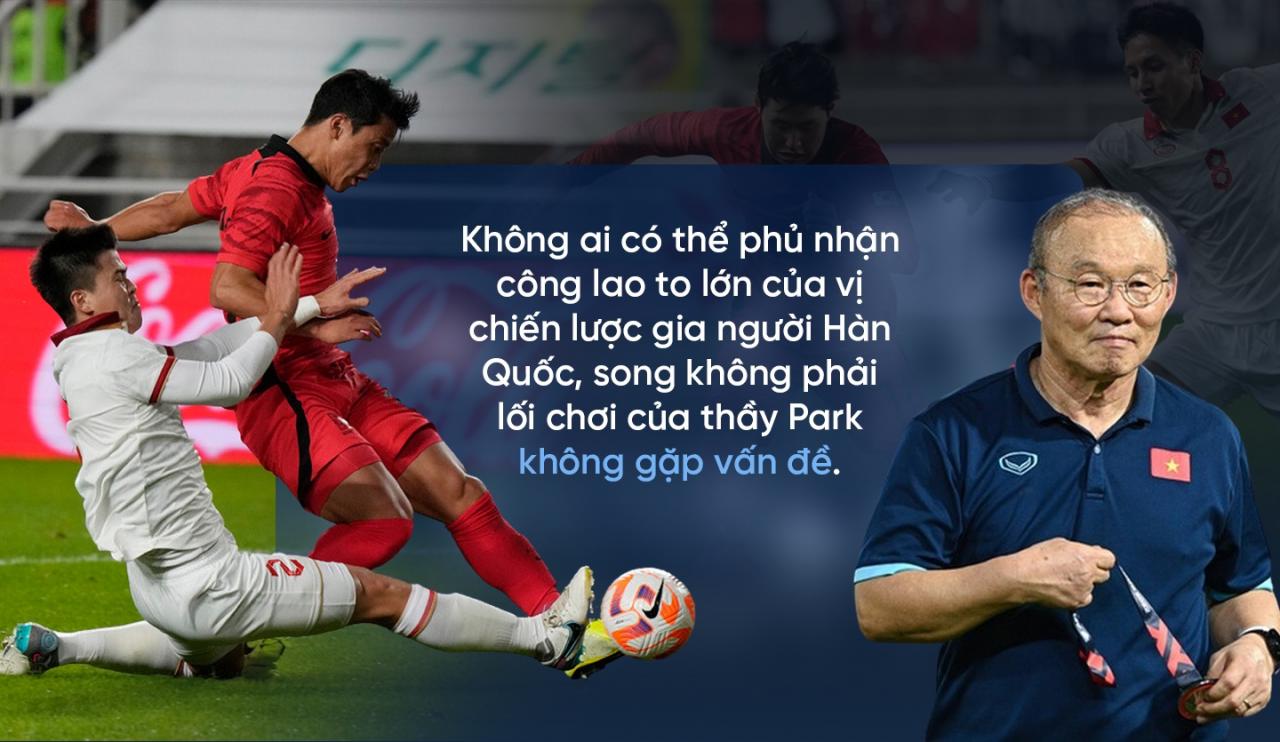
Expanding on the issue, control play is a worldwide trend, not only teams aiming for an attacking style of play, teams choosing a tight philosophy also learn to know how to control the ball more proactively. The clearest evidence comes from English football, where long ball thinking, running and shooting tactics seem to be ingrained.
Of course Pep Guardiola's long and successful era at Man City has had a huge impact, but the change in English football came before that and affected the lower leagues as well.
According to research from The Times, English teams, not only in the Premier League but also in the Championship, League One and League Two, have changed their playing style towards more patient possession, developing the ball from the back with short, purposeful passes and the number of "50-50" situations in the form of one-on-one duels, especially in the air, has decreased significantly.
For example, in the mid-2000s, 90% of goalkeepers’ passes were long-range kicks. Today, that percentage is less than 50%.
Another statistic that shows the trend of possession play is the rate of accurate passes. In 2006, this rate across the entire Premier League was only 70%, roughly 1 in 4 passes were failed, now it has increased to 84%.
At the national team level, after the reign of the Spanish team with its famous tiqui-taca style (short-distance passing and constant movement), many football powers have adopted the control style of play and achieved great success.
For example, Germany won the 2014 World Cup or Italy won Euro 2020. Remember, the typical playing styles of these two traditional teams in the past were even more opposite, even rejecting short, multi-touch play.
Therefore, not to mention the capacity and experience that have been affirmed in Asia for many years, coach Philippe Troussier's vision when choosing a control philosophy for the Vietnamese team is not wrong.

Having used a different philosophy, it is natural that Coach Troussier's way of selecting players is also somewhat different from his predecessor. Not only that, the current personnel situation of the Vietnam team is the stagnation of the generation of players who were pillars under Coach Park Hang Seo and the gap in the next generation.
So over the past 8 months, through 4 training sessions, the French strategist and his associates have carried out a large-scale "gold panning" campaign using many methods.
Nearly 80 players were called up by Coach Troussier and at one point he even mixed national team players and U23 players to train together. This created a lot of turmoil in the national team squad. Many new players, especially young players, were given opportunities, but there were also veterans who were left behind.
This also causes controversy, but to be fair, who to choose and who to use is the coach's right. Each coach has his own point of view and needs to be respected. Moreover, besides his role, ability and experience, Coach Troussier is the one who is most in-depth and has the most comprehensive data on the players after 8 months of "panning for gold".
In addition, the absence due to injury of some important players, such as Quang Hai, Van Hau or the unexpected injury of Duy Manh, is also a difficult problem for the French strategist.
If Quang Hai is a "rare commodity" in Vietnamese football, with very special techniques and ability to create breakthroughs, the absence of Duy Manh or Van Hau causes big problems for the defense.
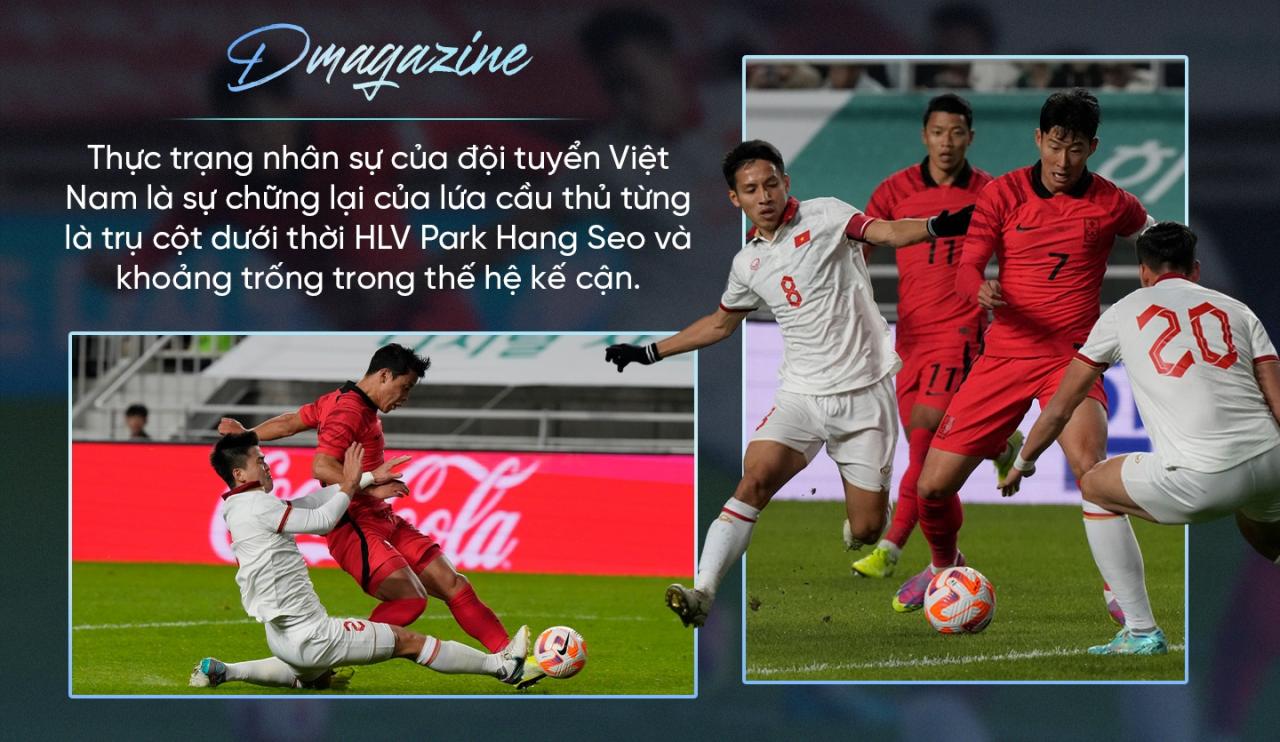
Similar to Coach Park Hang Seo, Coach Troussier still uses a 3-center-back formation in the Vietnam national team. However, the control style of play poses different technical and tactical requirements than the defensive style of play, such as the ability of the center-backs to distribute the ball.
That is the reason why the only central defender who started all 6 matches under the French strategist is right-sided central defender Duy Manh, who originally was a midfielder.
It's a pity that the Hanoi FC player got injured right before the G-time. Bui Tien Dung was the name called up to replace him, but perhaps coach Troussier had to recalculate the personnel plan for the entire defense, not simply a 1-1 replacement.
The good news for the Vietnamese team is that Que Ngoc Hai has recovered from his injury and is ready to lead the defense in the central defender position.
The next problem lies in the left axis, where Van Hau can take on both the roles of left center-back and left wing-back. Coach Troussier has not yet found players who can bring peace of mind to both positions.
In 6 friendly matches, Tuan Tai and Thanh Binh were the two names chosen for the left center-back position, and Tuan Tai was the name often chosen (starting in 4 matches).
However, this player who is currently playing for Viettel Club and originally started as a left-back is relatively small, so he does not have the mindset of a central defender and is often overwhelmed in situations of conflict with opposing players.
Perhaps Coach Troussier wants to use Tan Tai to increase ball control, but for the defense, the first task is always to ensure solidity. It should be added that Bui Tien Dung, who has just been called up, is the number one choice for the left center-back position under Coach Park Hang Seo.
The more difficult position is the left-back position. After Van Hau was injured, coach Troussier used Trieu Viet Hung (match with Palestine), Hong Duy (China), Minh Trong (Uzbekistan and Korea) in this position.
Viet Hung is a midfielder, Hong Duy is not trusted and Minh Trong is still inexperienced. Of course, that is just the result of the matches that Coach Troussier called "test". How the left axis will actually perform will depend on the commanding ability of the veteran French strategist.

Compared to the defense, the midfield and forward lines of the Vietnamese team still ensure relative stability in terms of personnel. Of course, there are still losses such as the absence of Quang Hai or controversies such as the absence of Cong Phuong.
However, Coach Troussier still has many quality options and he has clearly stated his viewpoint on selecting players for the national team. That is "based on current form and physical condition".
Analyzing more deeply, since leading the Vietnamese team, the French strategist has always persistently applied the 3-4-3 tactical formation, the most ideal system to deploy a controlling style of play. The reason is that the positions of this formation create the maximum "small triangle", the basic structure of short ball coordination situations.
In the central midfield position, Coach Troussier has had a few experiments but in general the plan revolves around Do Hung Dung, Tuan Anh, Thai Son and Hoang Duc. Hoang Duc and before that Quang Hai were also tested in the "false striker" position but were not successful.
Pushing the midfielder of Viettel Club too high limited his ability to hold the ball and break through, which are his strengths. However, it should also be added that Hoang Duc was somewhat "disappeared" because his opponent, Korea, was of a superior level.
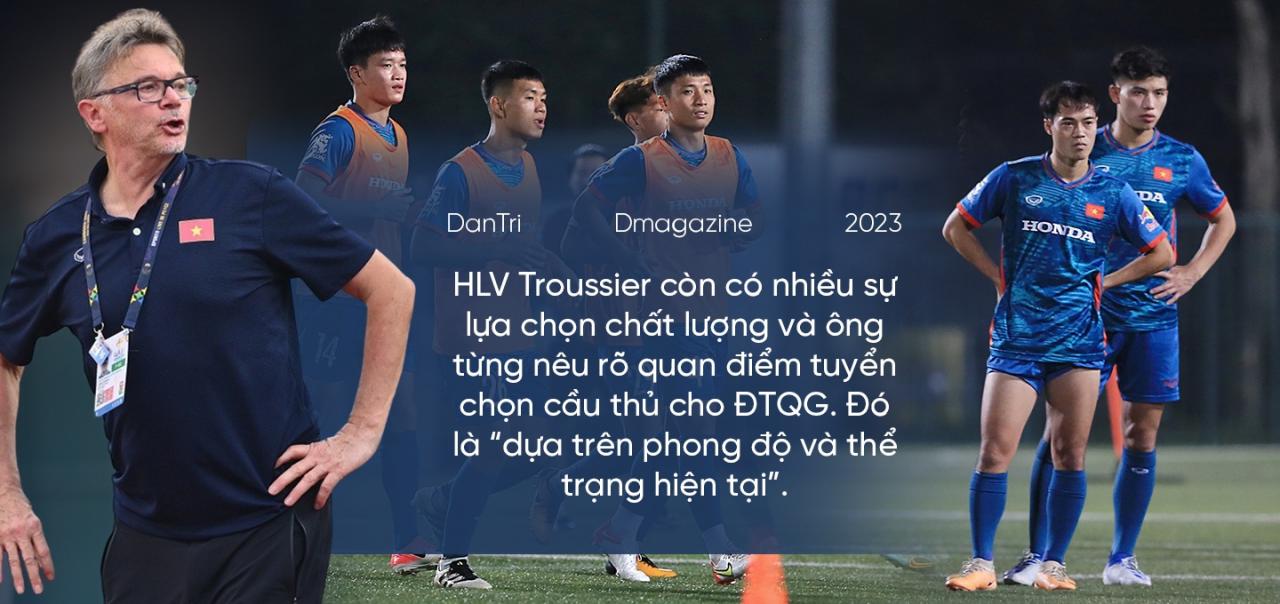
Up front, the three strikers are the positions that coach Troussier has experimented with the most, with eight players used in the starting lineup, not counting the players who came off the bench.
The bright spot and perhaps the biggest hope in the current attack is Pham Tuan Hai. The brilliant performance of this striker in the match when Hanoi FC came from behind to defeat Wuhan Three Towns in the AFC Champions League on November 8 left many exciting echoes.
Firstly, Tuan Hai has played the role of savior for Hanoi FC, which has been under a lot of pressure since its terrible start with 5 consecutive defeats in all competitions. Secondly, Tuan Hai's classy double proves the remarkable progress of this striker born in 1998.
If the spectacular run and header from outside the 16m50 box showed his sharpness in front of the goal, the goal that sealed the score showed his skillful ball handling.
Both of these qualities, Tuan Hai was not highly appreciated. The mark of this striker is often the image of a warrior who rushes to the front when given the opportunity. Of course, perseverance and strong will are always the prerequisites for success.
Enthusiasm has helped Tuan Hai make great progress in the past 2 years, and hard work has helped him perfect all his skills to become a mainstay at both the club and the national team.
Tuan Hai's image also partly reflects the image of the Vietnamese team under coach Troussier. Compared to his predecessor, it is clear that the French coach is not lucky enough to have a uniform generation of players that ensure both quality and quantity.
After 5 years, some of those excellent players have passed their peak, some have slowed down, and some have been affected by injuries. Not only that, the next generation has not been able to have the necessary continuity. Therefore, it is necessary to acknowledge that Coach Troussier is a brave person when he is willing to take over a team that has overshadowed its predecessor and is on the decline.
The French strategist is even more persistent when he is ready to face criticism to persistently apply a new and risky playing style. And in his appearances before the media, he also makes fiery and well-reasoned statements.

"In the past 8 months, I have tried to make you understand my wishes, my playing style... Of course, training is very different from official competition. Recently, the Vietnamese team had 6 friendly matches, through which the players understood how different training is from competition.
If we just wanted to enjoy winning matches during the preparation period, we could have met weaker teams, but I decided to choose stronger or equal teams so that the players could get used to new challenges, recognize shortcomings faster, and help me see my options more clearly.
The players here have all worked hard and practiced hard during the past time. Maybe not everyone is ready to adapt to the new coach's changing style of play, but I will always persevere and help you, because that is what I and you are willing to do.
"You can't work if you're not ready to face challenges. That's why we're all here. Let's all fight together," Coach Troussier shared passionately.
Success or failure depends on many factors, but first of all, there must be aspiration. And aspiration has been and is being demonstrated by Troussier and his students to kindle hope!

Design: Duc Binh
Dantri.com.vn


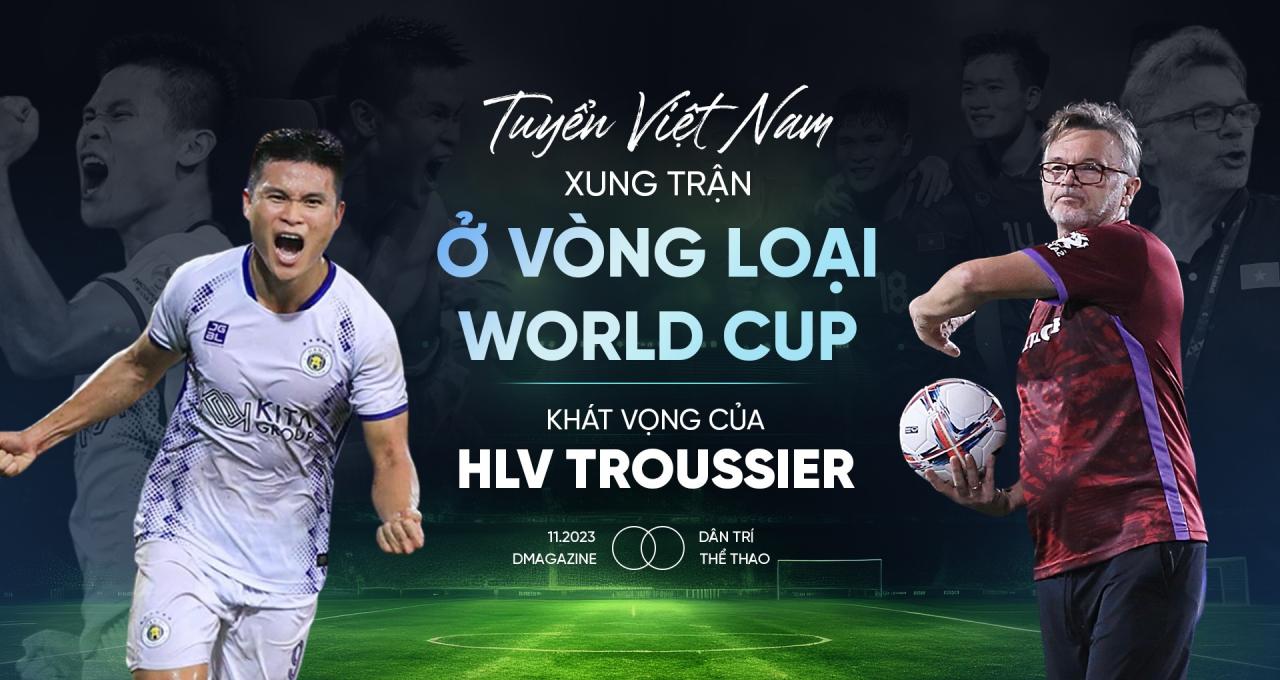
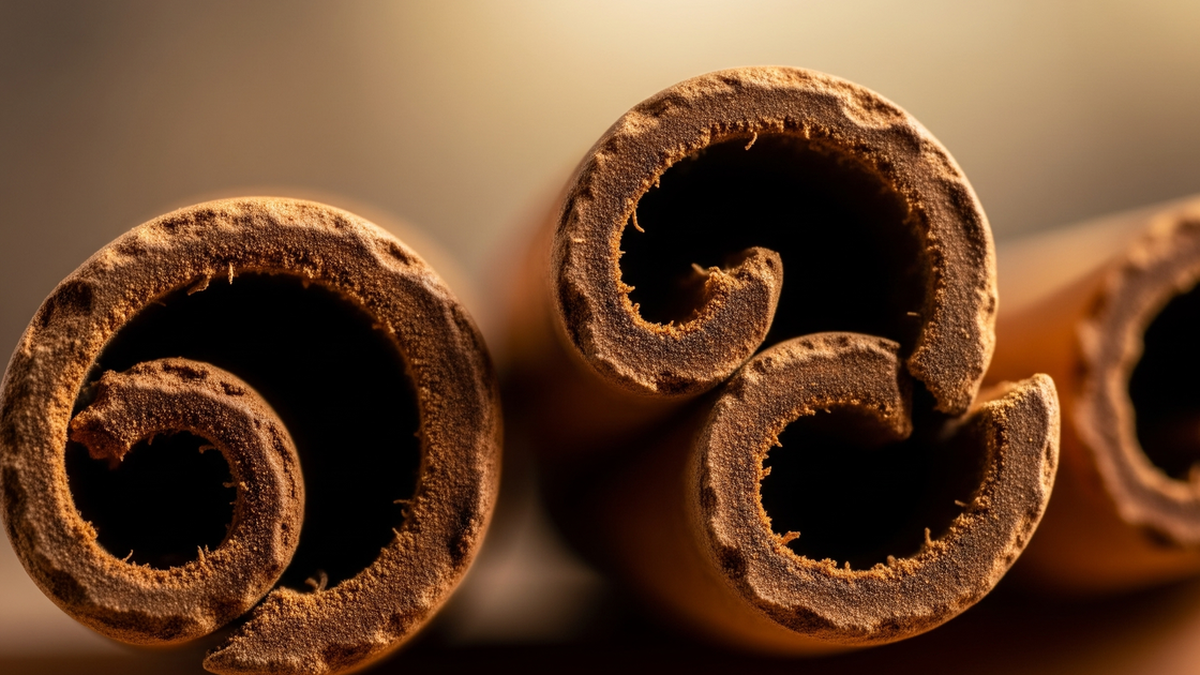
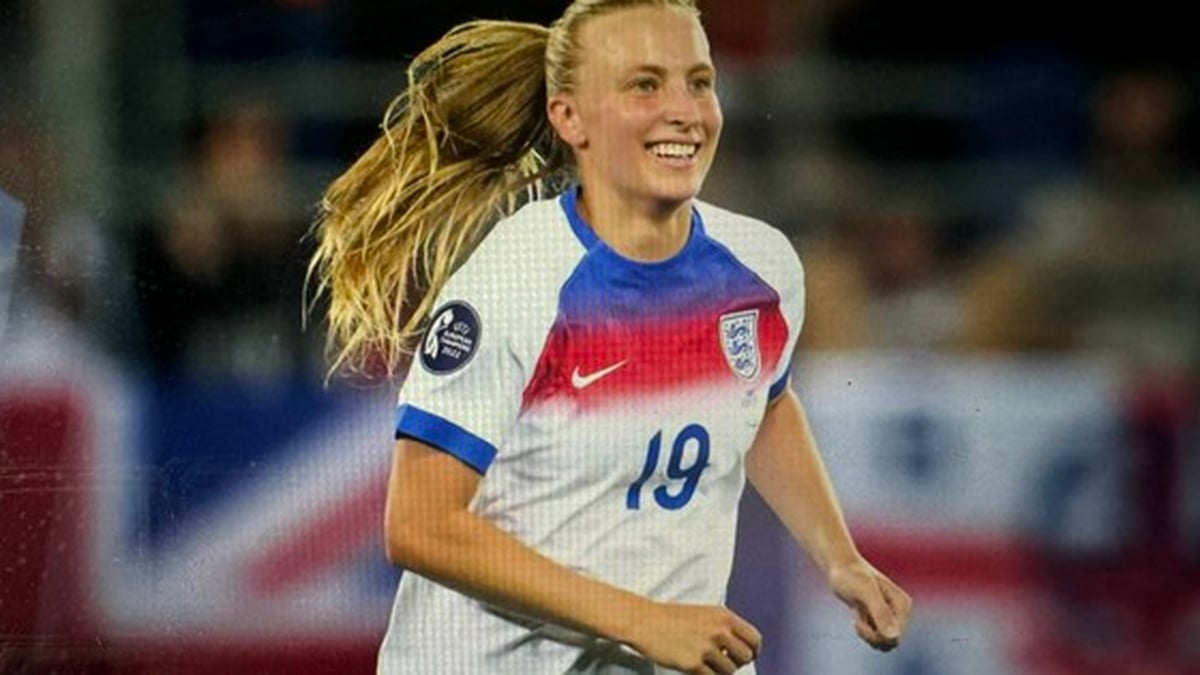

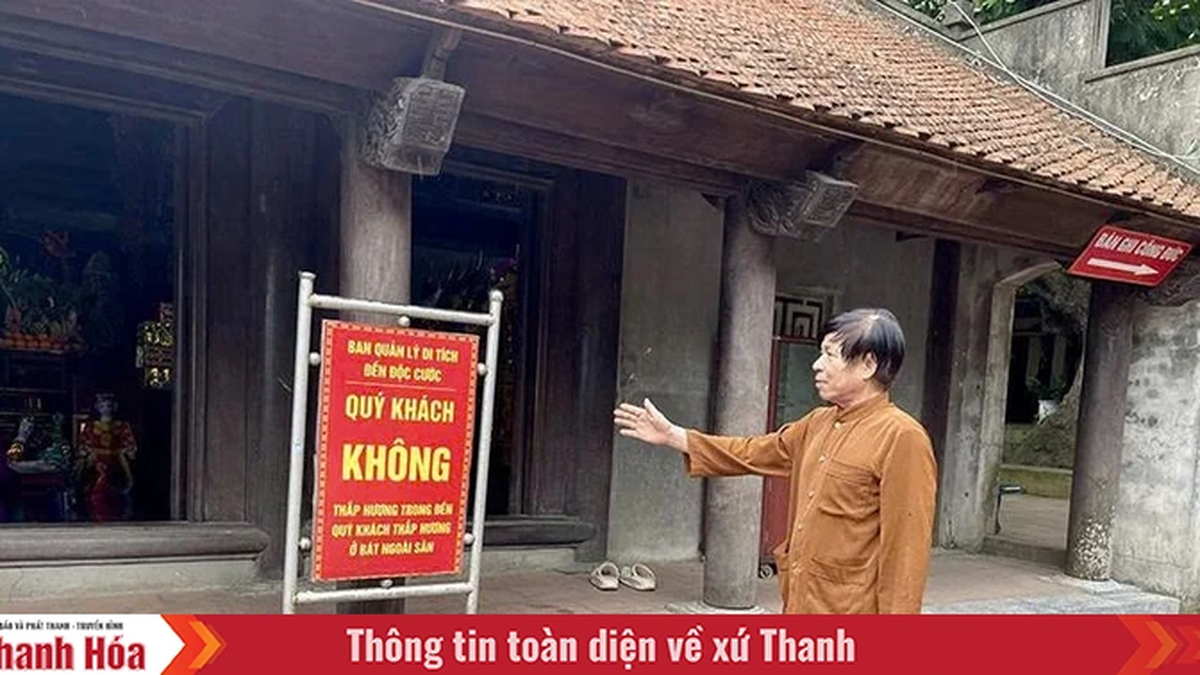
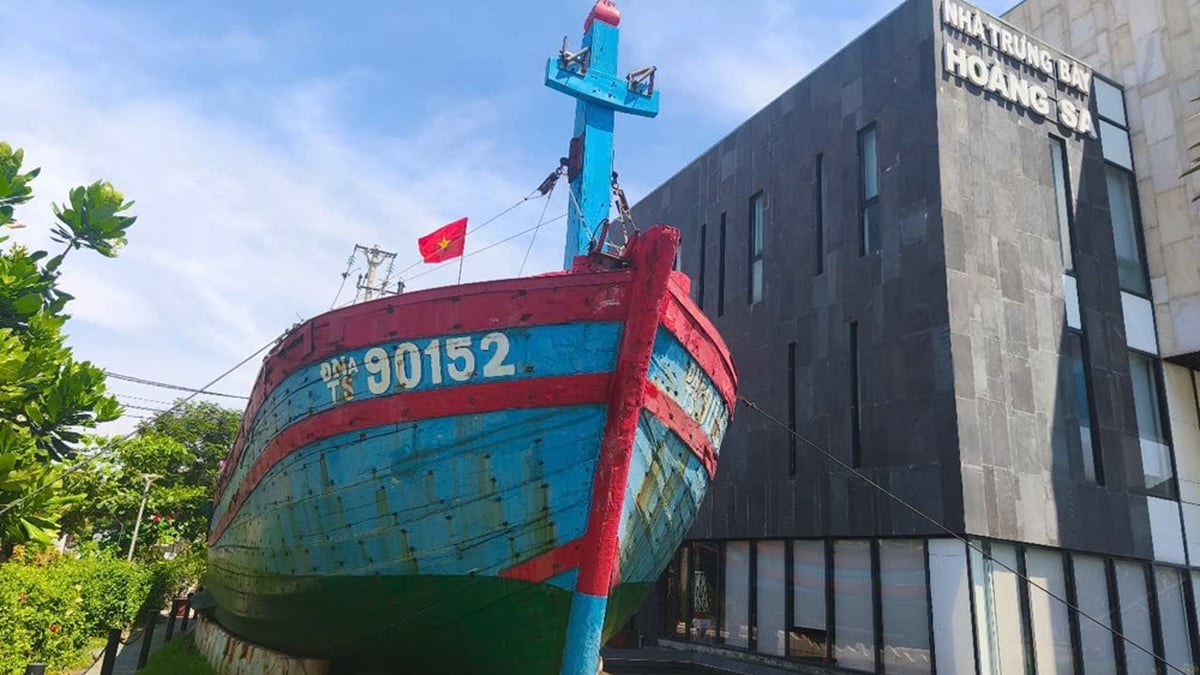
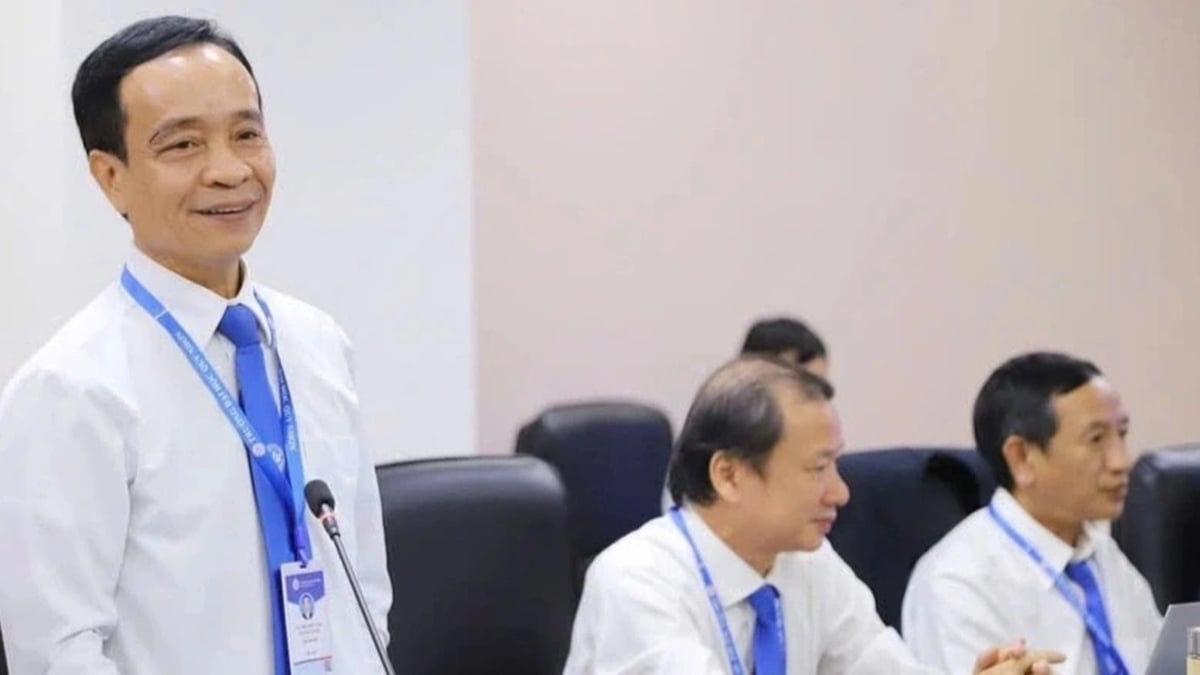
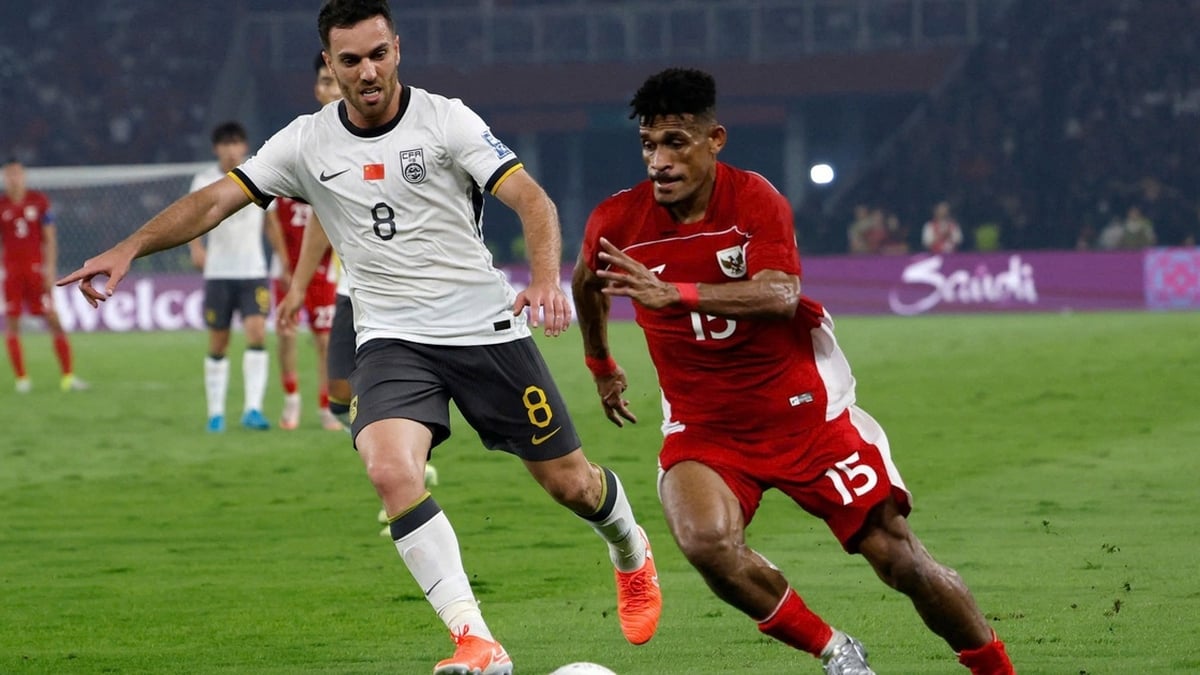
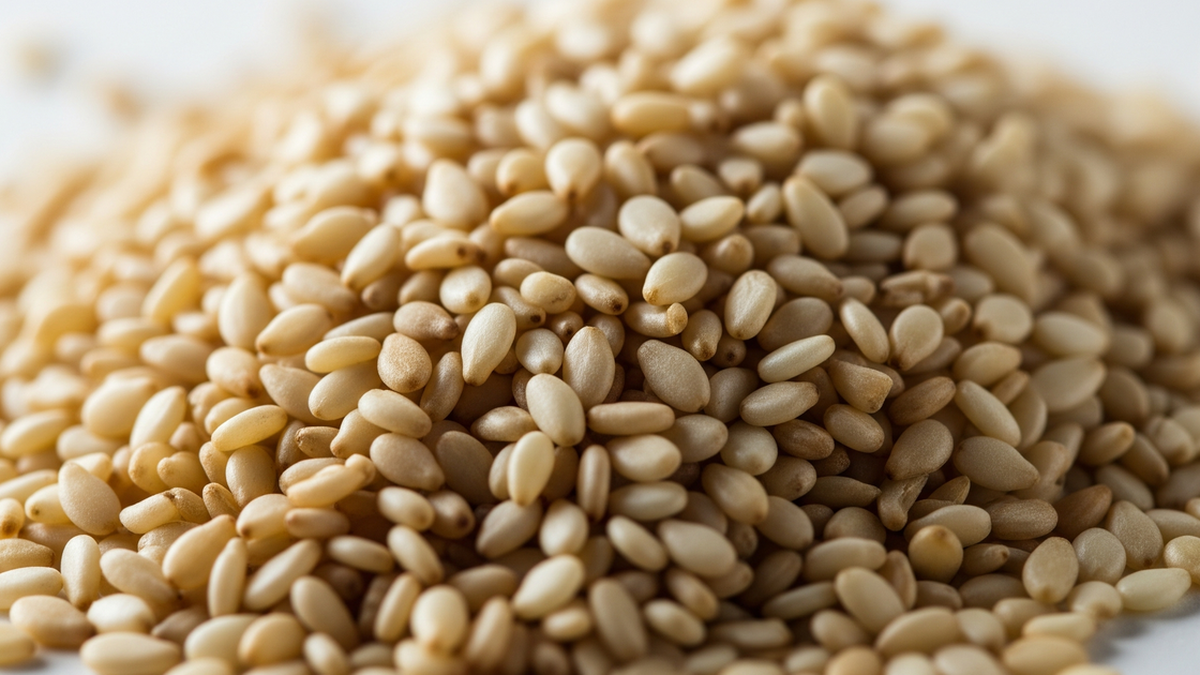
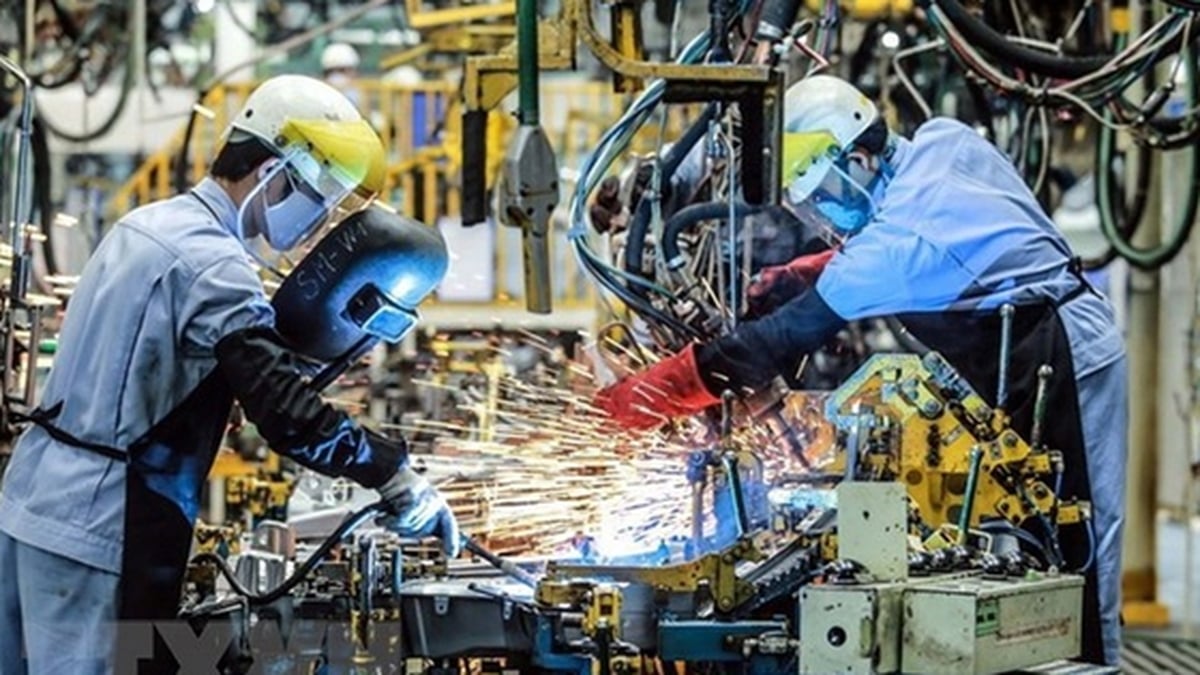








































![[Maritime News] More than 80% of global container shipping capacity is in the hands of MSC and major shipping alliances](https://vphoto.vietnam.vn/thumb/402x226/vietnam/resource/IMAGE/2025/7/16/6b4d586c984b4cbf8c5680352b9eaeb0)












































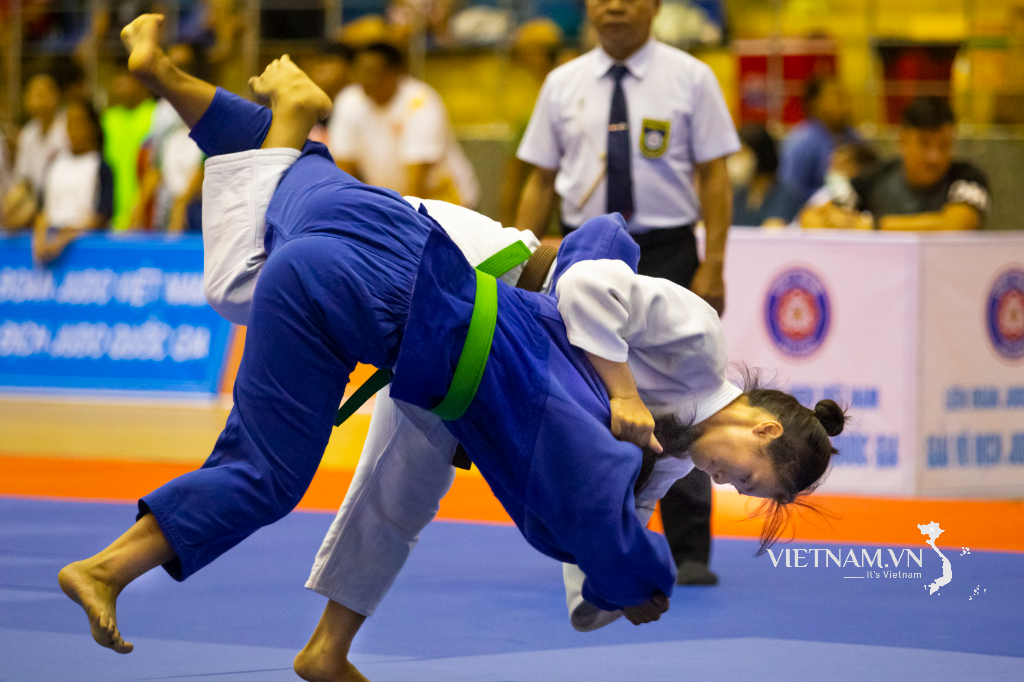
Comment (0)